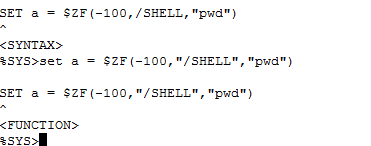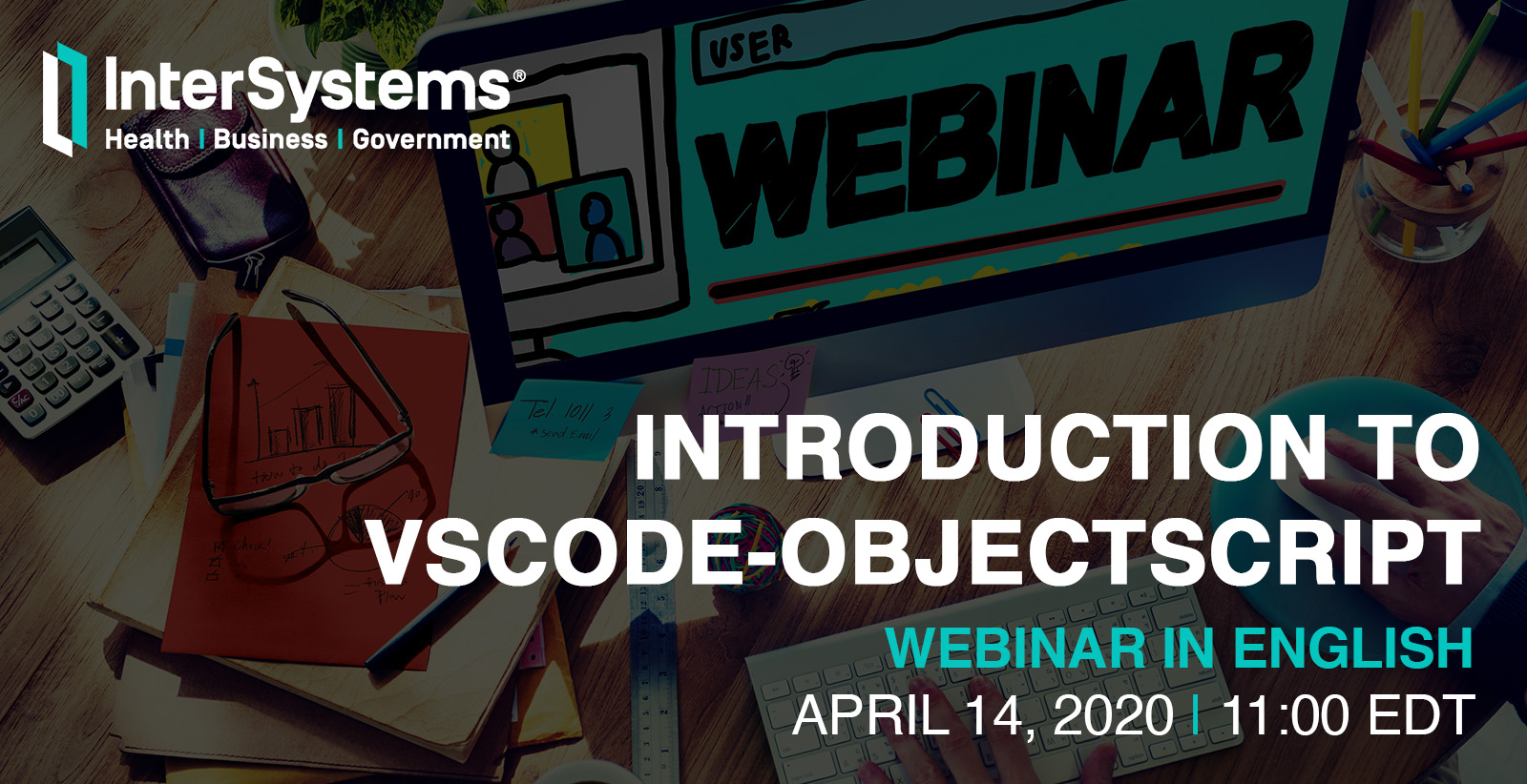Hi,
This must be a really easy question but for some reason I am unable to do this
I have a string name = "ERRORMSG"
I want to remove the first 2 characters in the string, so the result should be string newname = RORMSG
Please can you advice on how I can do this?



.png)



.png)